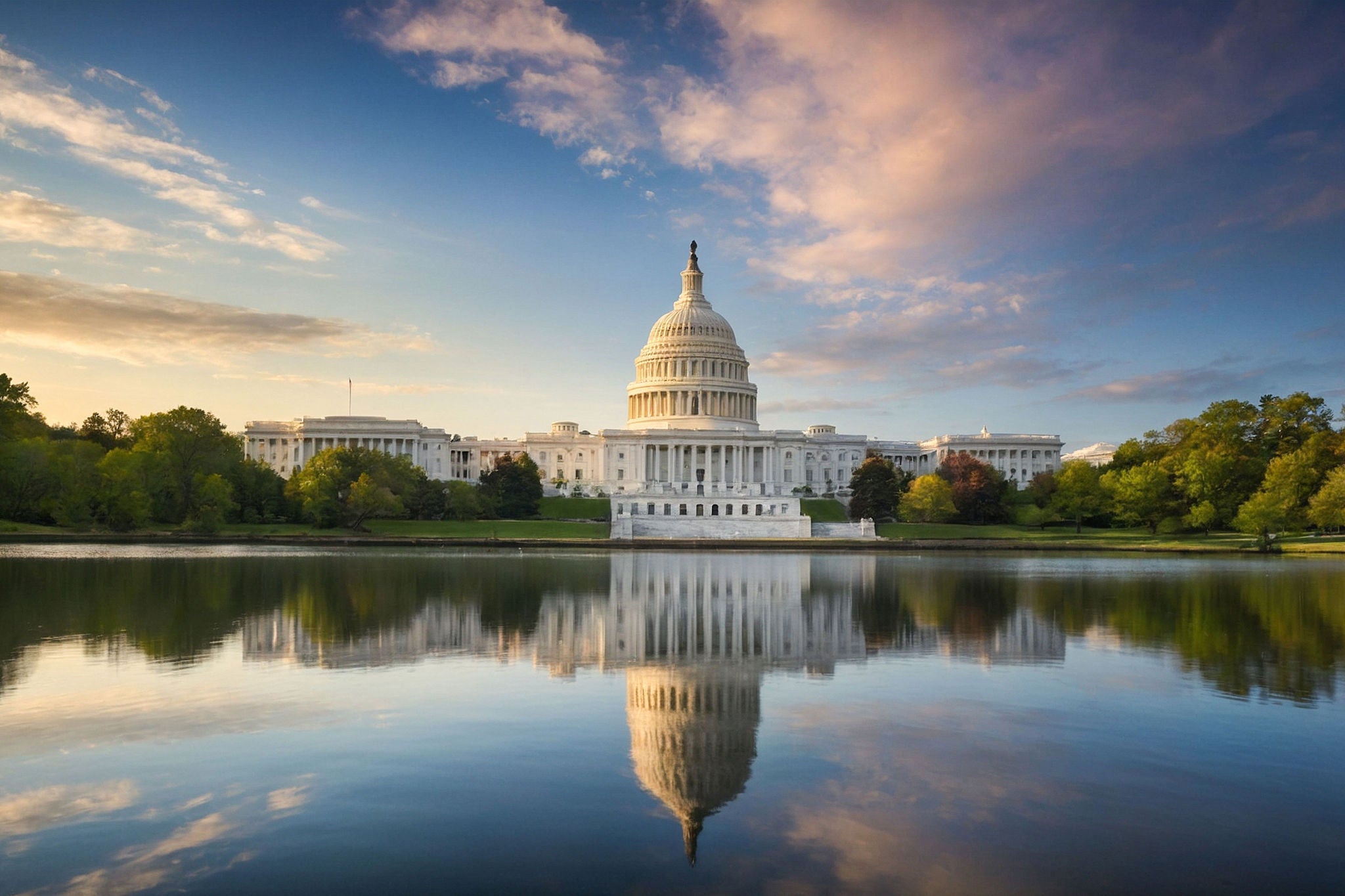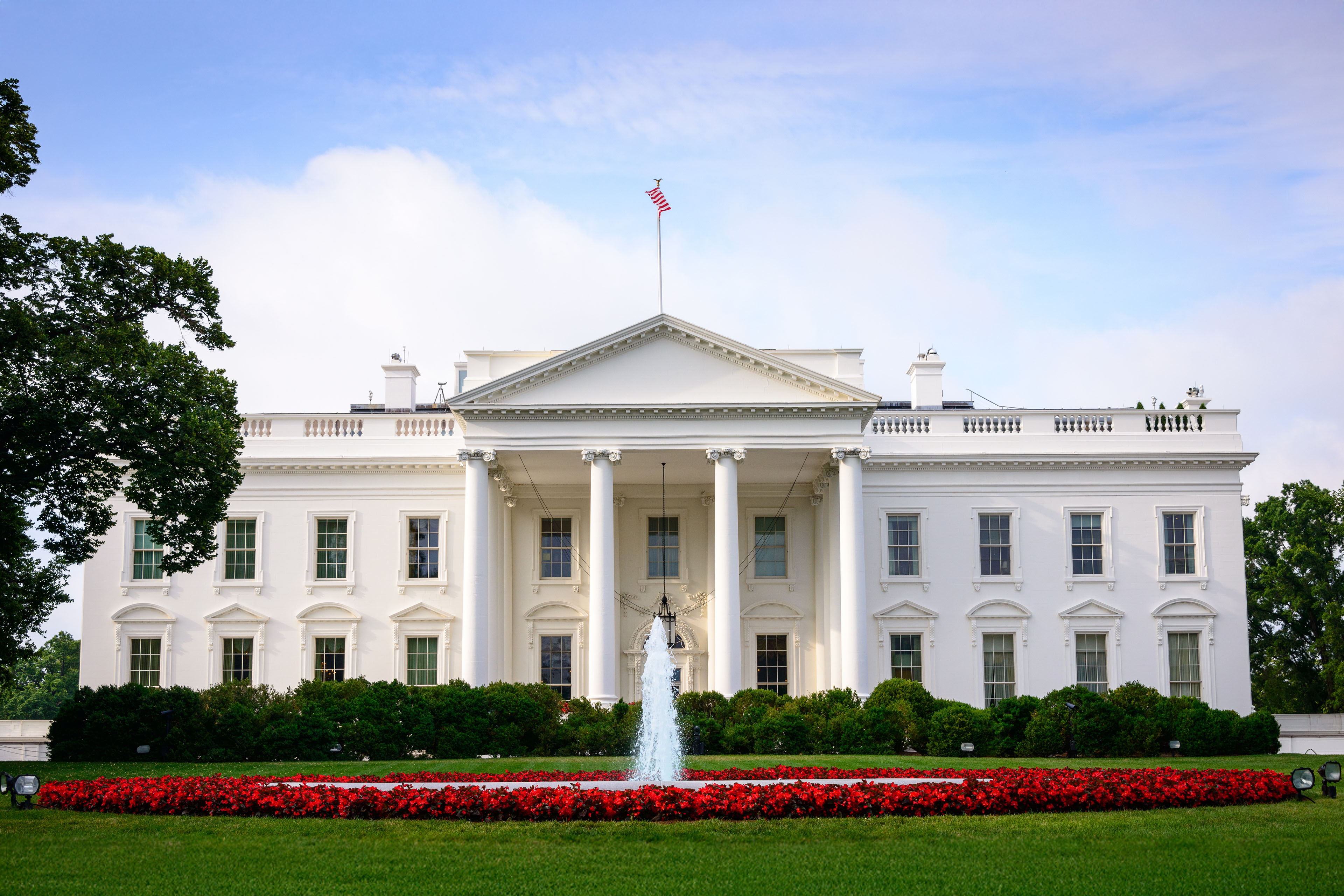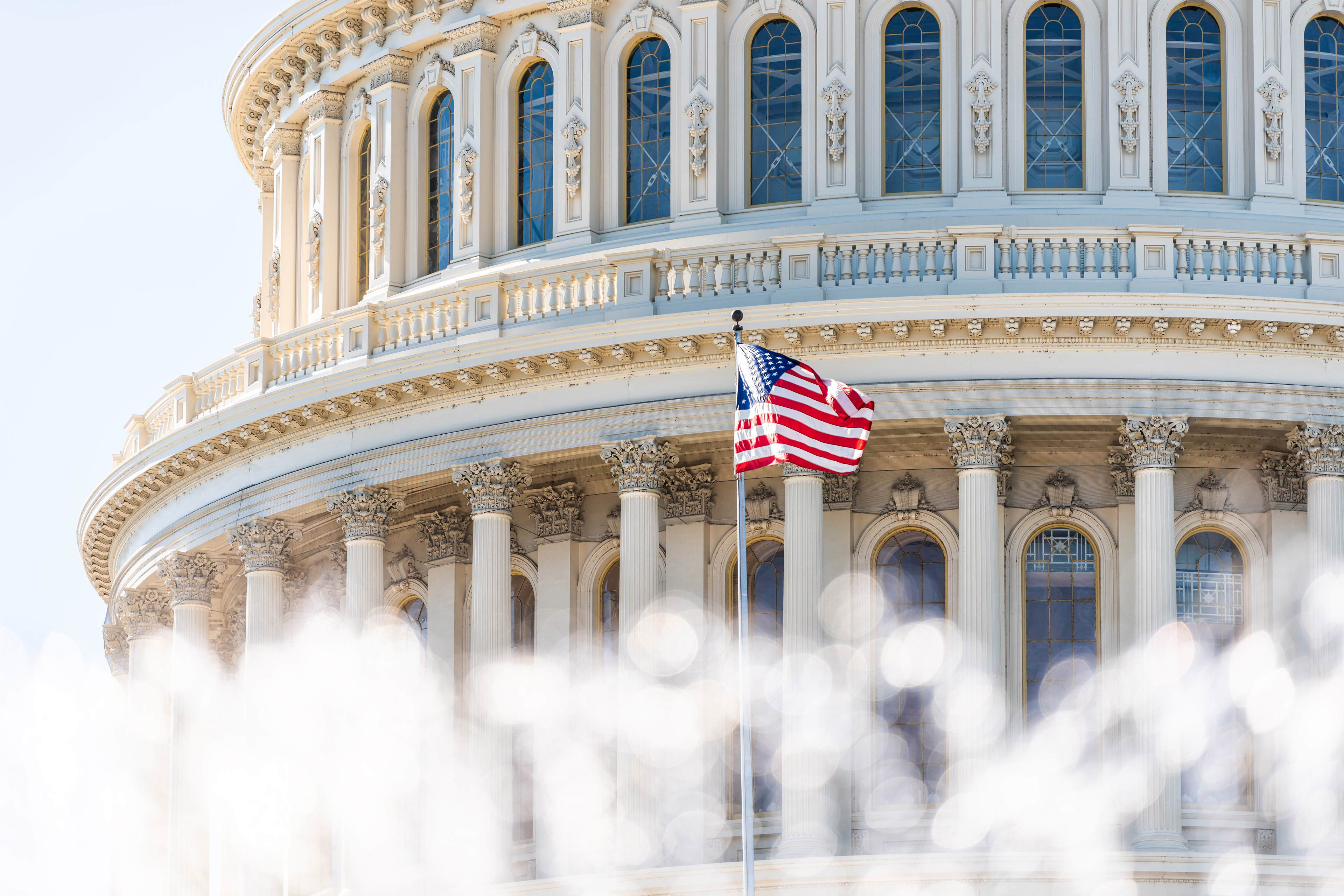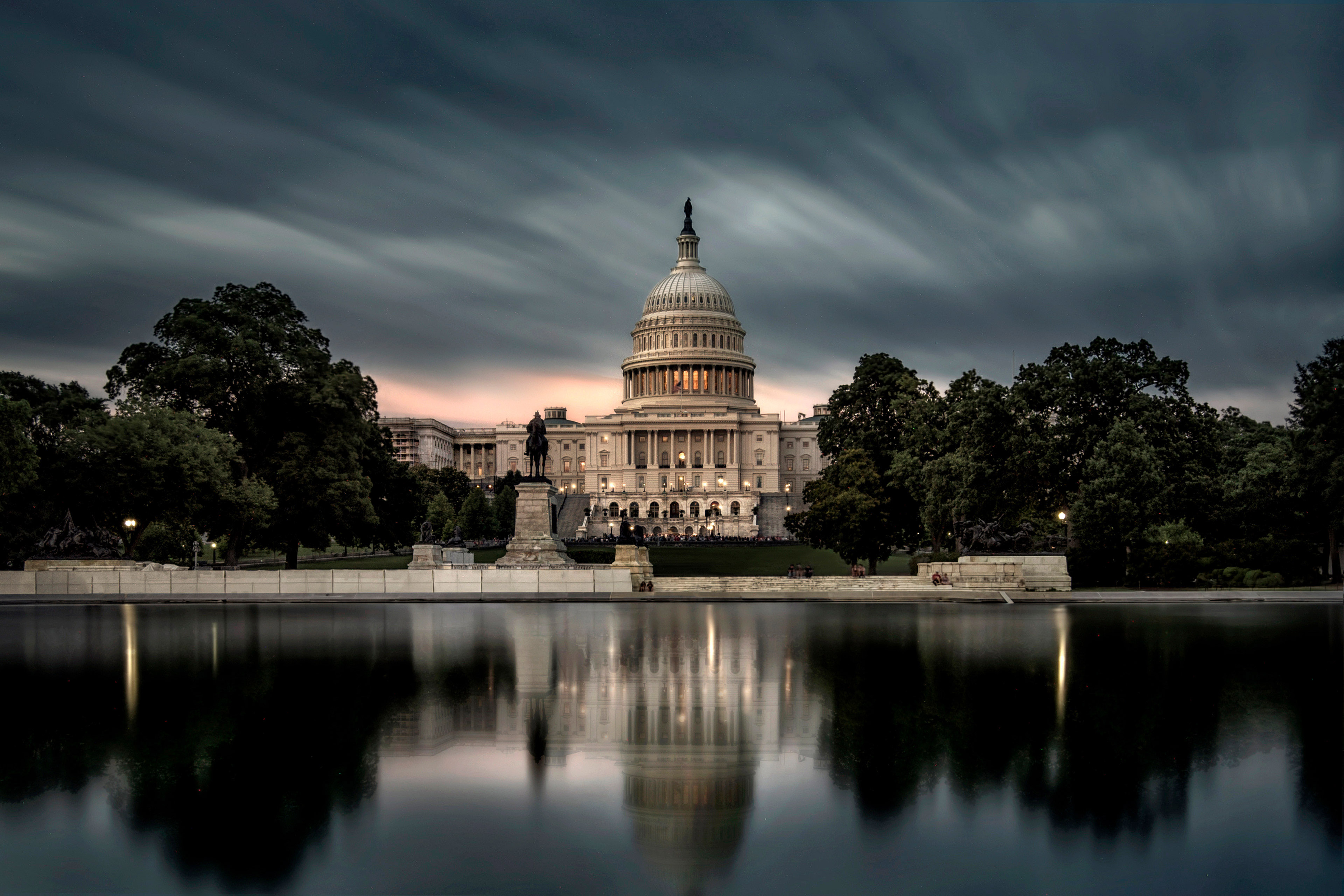Tax increases may be part of the discussion
Extending the expiring TCJA provisions is projected to cost approximately $4.6t over 10 years. During the campaign Trump also proposed eliminating taxes on overtime, tips and Social Security and lowering the corporate rate to 15% for domestic manufacturing — together, these proposals are estimated1 to cost $3.8t over 10 years.
While there has been concern expressed by some within the party over the country’s debt and deficit levels, Republicans are not in agreement over whether revenue offsets are needed to pay for TCJA extensions or additional tax cuts. Some who support paying for the TCJA extensions have expressed a willingness to raise the corporate income tax rate, though it seems unlikely President-elect Trump, who has proposed a reduced 15% rate for domestic manufacturers, would support an increase.
Along with revenue offsets, spending cuts and tariffs also have been mentioned as ways to offset the cost of extending the TCJA and paying for additional tax cuts.
US international tax policy will be in flux
Scheduled TCJA changes to several international provisions, if allowed to go into effect, would increase the tax obligations of US MNEs. Depending on how the debate over the need to pay for extensions of current law plays out, the cost of maintaining these provisions in their current state (approximately $140b over 10 years according to the CBO) could affect their perceived “extendibility.”
In addition, the Trump administration is not expected to support the United States’ continued involvement with or implementation of the 15% global minimum tax agreement. There could be some interest among Republicans, however, in seeking changes to the current global minimum tax rules, including how the US research and development tax credit is treated under the rules. Retaliatory legislation against countries looking to impose Pillar Two taxes on US companies may also be considered.
Changes to energy tax policy are likely
Due to the successful deployment of renewable energy projects, it is unlikely there will be a wholesale repeal of the Inflation Reduction Act’s (IRA’s) statutory tax credits. However, certain IRA energy tax credits, particularly those for electric vehicles (EVs), may be rolled back or curtailed and the unspent funds used to support other policy priorities.
Executive action may be used to impose new tariffs
A US president can generally implement or adjust tariffs without Congressional action on the basis of national security or economic injury. Trump exercised this ability during his last term as president. He is expected to work to implement tariffs he outlined during his campaign. These include:
- Across-the-board 10%–20% tariffs on all US imports
- 10% additional tariff above all other tariffs on imports from China
- 25% tariff on all products coming into the United States from Mexico and Canada
- 25% tariffs on products from countries whose citizens are coming into the US illegally
- 60% tariffs on products from certain foreign rivals
- 100% or 200% tariffs on certain foreign automobiles
Alternatively, Congressional leaders also have discussed the viability of enacting tariffs legislatively (for the first time in nearly 100 years), so that revenue from the tariffs could officially be used to offset the cost of extending the TCJA, though removing legislative tariffs in the future could prove difficult because reversing course also would require legislation.
These proposed changes to trade policy could impact supply chains and the larger economy.







